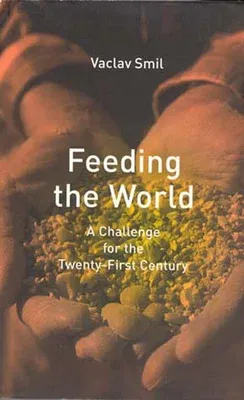A realistic yet encouraging look at how society can change in ways
that will allow us to feed an expanding global population.
This book addresses the question of how we can best feed the ten billion
or so people who will likely inhabit the Earth by the middle of the
twenty-first century. He asks whether human ingenuity can produce enough
food to support healthy and vigorous lives for all these people without
irreparably damaging the integrity of the biosphere.
What makes this book different from other books on the world food
situation is its consideration of the complete food cycle, from
agriculture to post-harvest losses and processing to eating and
discarding. Taking a scientific approach, Smil espouses neither the
catastrophic view that widespread starvation is imminent nor the
cornucopian view that welcomes large population increases as the source
of endless human inventiveness. He shows how we can make more effective
use of current resources and suggests that if we increase farming
efficiency, reduce waste, and transform our diets, future needs may not
be as great as we anticipate.
Smil's message is that the prospects may not be as bright as we would
like, but the outlook is hardly disheartening. Although inaction, late
action, or misplaced emphasis may bring future troubles, we have the
tools to steer a more efficient course. There are no insurmountable
biophysical reasons we cannot feed humanity in the decades to come while
easing the burden that modern agriculture puts on the biosphere.

